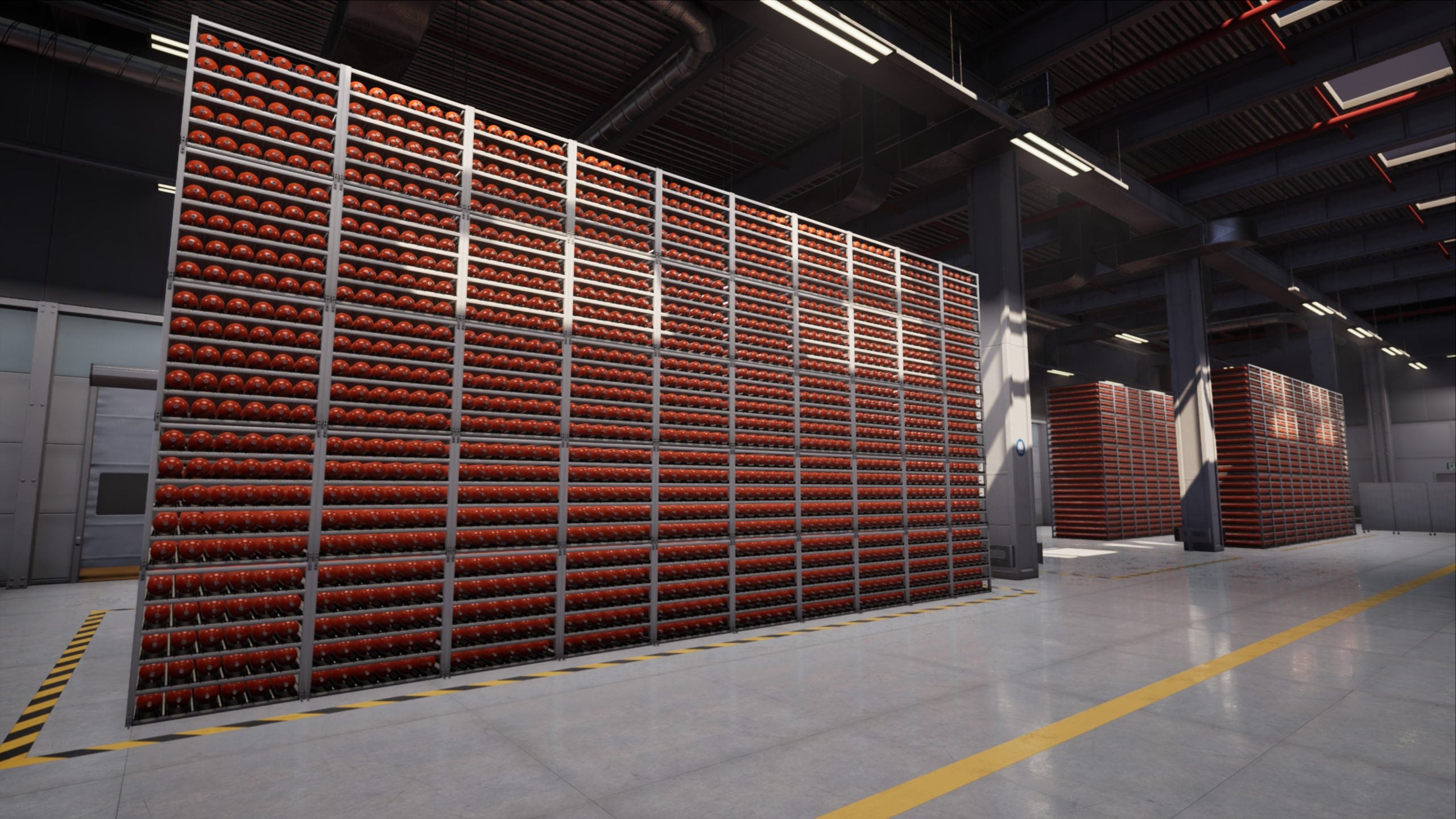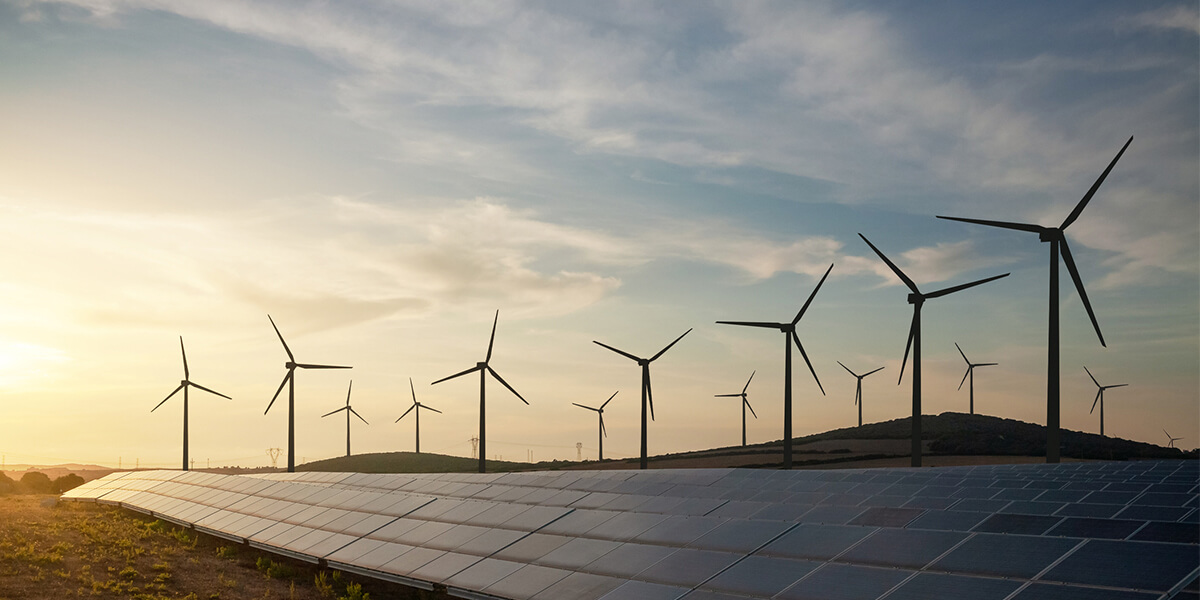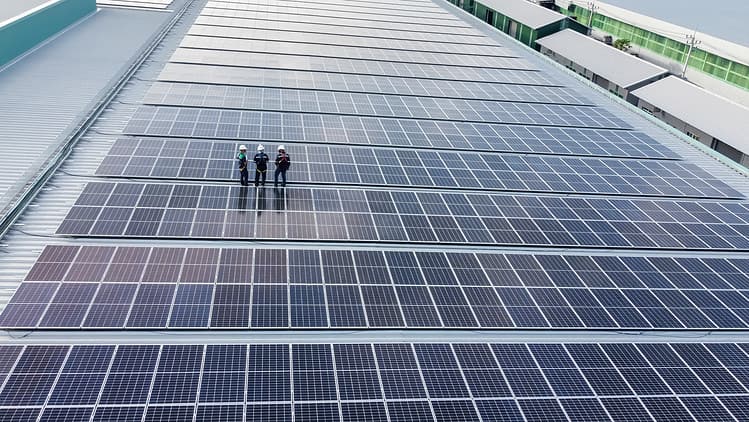
Battery manufacturer EnerVenue announced on Tuesday that it will open a US giga factory for the production of metal-hydrogen batteries.
The company manufactures metal-hydrogen batteries capable of more than 30,000 recharge cycles. The million-square-foot site in the state of Kentucky will produce the company’s Energy Storage Vessels batteries, which can be stored in racks and operate for up to 30 years.
Phase one of the project is expected to encompass 1 GWh of annual production. EnerVenue seeks to invest an additional $1bn to expand to more than 20GWh per year across its US sites in the coming years. The company did not announce when production at the factory will begin.
The gigafactory will be located in Shelby County, where the local authority offered EnerVenue property in addition to wage tax rebates totaling $20m over a 25-year period, among other incentives.
The state of Kentucky also offered $10.3m to EnerVenue in tax incentives for the first phase of the gigafactory’s development.
Dan Ison, Shelby County judge-executive, said that the facility “will afford county residents new, lucrative career opportunities”. EnerVenue predicts that the giga factory will create 450 full-time jobs.
EnerVenue sells clean-energy storage to third-party customers using hydrogen batteries. According to the company, when compared with lithium-ion batteries, hydrogen batteries have a much lower cost-per-cycle and have no fire risk.
Metal-hydrogen batteries, most frequently nickel-hydrogen, are principally used in the aerospace industry for energy storage. However, EnerVenue promotes its use for the storage of renewable energy.
The company currently has more than 7GWh of customer commitments including Pine Gate Renewables, Nicon Industries’ Green Energy Renewable Solutions, and Sonnell Power Solutions.
The US government has shown an increasing interest in metal-hydrogen batteries as part of the Department for Energy’s hydrogen storage targets.




